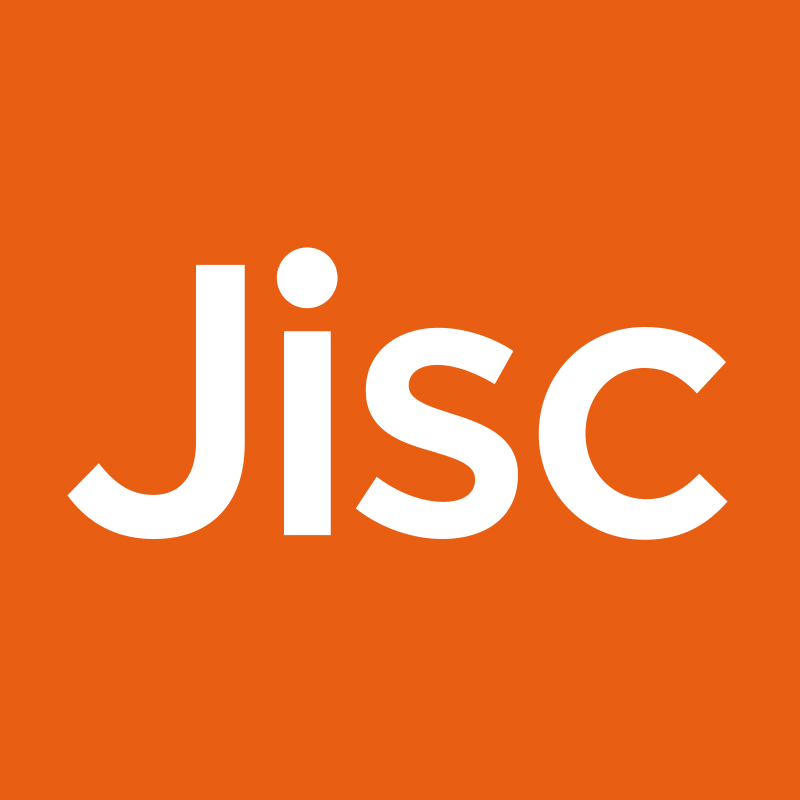JISC hosted an initial meeting of its Digital Content Taskforce in London on 27th July 2010. Delegates at the meeting discussed the current issues in digitising and creating digital content for educational use.
Below are the key themes from the presentations and the break out sessions (they can also be downloaded as a pdf). Links to the day’s presentations are available from another page on this blog.
The themes raised during the day will build into JISC’s funding. In this respect, we are aiming to provide more information within a few weeks.
1. Developing a national context and exploiting the idea of the “British Brand”
A national strategy is required, tied to the concept of a national collection. Connections with broader government themes (e.g. Digital Britain) need to be clearly articulated and communicated. Individual funding bodies need to be aware of the essential nature of the digital.
2. The importance of re-use
Much content has already been developed, but re-packaging this as ‘finished products’ rather than ‘raw collections’ will attract new users. So much has been done already! Let’s make the most of this investment.
3. Understanding users better; and understanding the selection process
We still don’t know enough about user demand. Having a clear focus on packaging and delivering our content will help identify the users and should elicit further evidence. This is turn, will help the difficult decisions in deciding priorities for digitisation.
4. Changing institutional missions
Benefits of further digital work need to be clearly articulated so that winning arguments can be developed at a senior strategic level within institutions. Just as importantly, digital content must become embedded in the teaching process (at whatever educational level) so that the use of the content becomes an everyday event.
5. Sustainability, open access and preservation
There is still much debate over how access to content is sustained over time. The convenience provided by open access makes things much easier for users; but pragmatism also dictates that thinking commercially will be vital in order to unlock much content. One crucial element of this is to develop the right partnerships; bodies like JISC can play a role in brokering such partnerships, which can often achieve sizeable benefits even from limited financial investment.
6. Technological Changes
The educational sector needs to exploit the possibilities afforded by developments such as new mobile devices and linked data. This allows existing content to be re-packaged or combined in new ways, thus presenting new offers for end users.
7. Developing a sense of community
Different types of crowdsourcing can create new (or strengthen existing) communities and inspire unexpected demand, with a range of social, economic and educational benefits. This new model must be explored further.
8. Credibility of the educational sector
Not continuing with the process of digitisation endangers the credibility of the sector; we fall behind as commercial offers of digital content become increasingly sophisticated. New skills and roles are required in the library setting; staff without a clear understanding of the digital future can make change difficult.
9. Impact and evidence
Continuing work in this area is hampered by the lack of clear quantitative figures, despite the plethora of anecdotal evidence and acknowledged enthusiasm for digital content. Funders and content providers must record and articulate their successes.
10. The UK and its competitors
The UK cultural and educational sector is falling behind other national players. Some other countries have already outstripped the UK (e.g France and NZ) in providing a critical mass of cultural and educational content and are already more widely exploiting its value for both non commercial and commercial use.
11. Intellectual Property Rights
The clearance of Intellectual Property Rights, particularly orphan works, remains a pressing problem. Continuing pressure needs to be exerted on the relevant bodies to enable the removal of the restrictions that slow down digitisation work.
